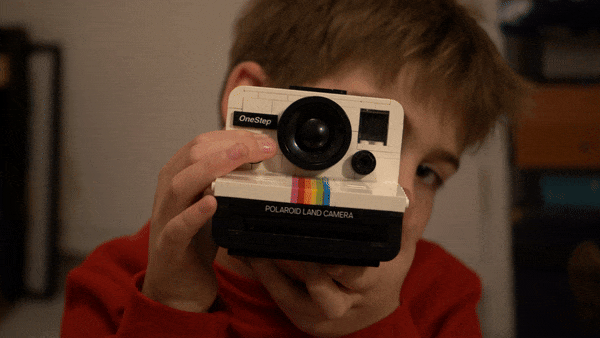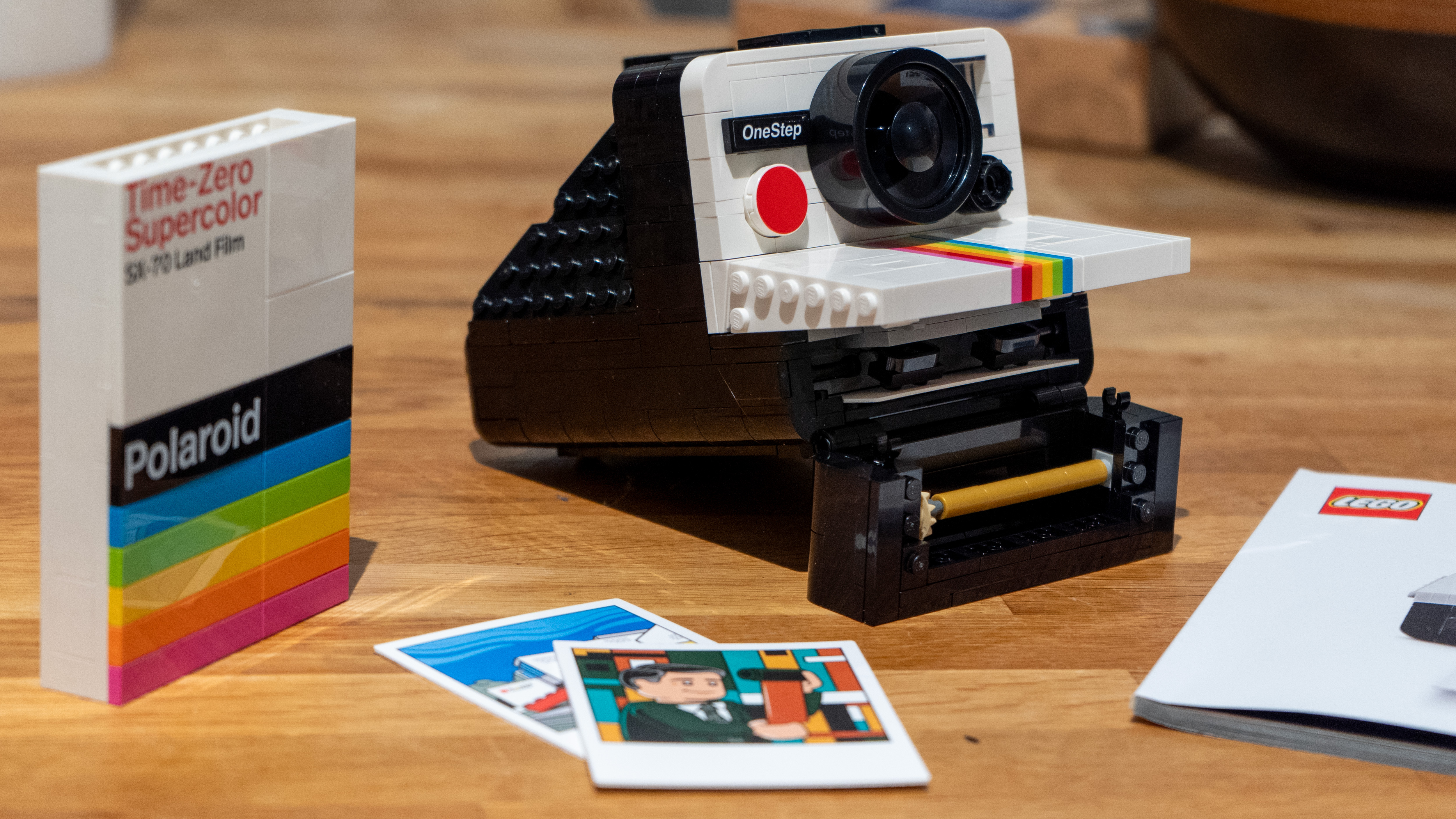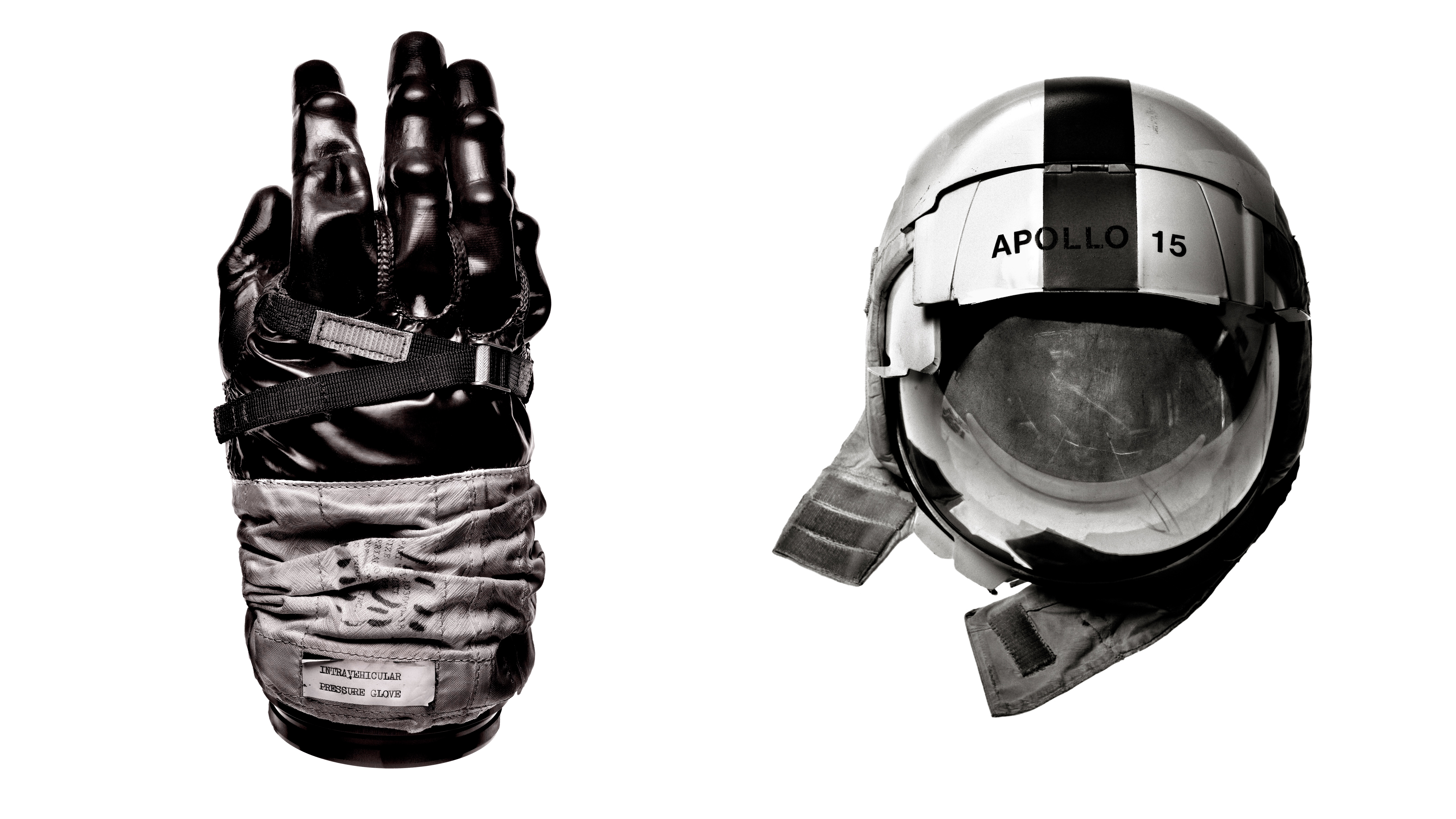Building a Lego camera with my 8-year-old son meant having to explain what a Polaroid is!
Making the Lego Polaroid camera with my 8-year-old son was brilliant. Having to explain its existence to a member of Gen Alpha? A bonus bonding experience.

Building the Polaroid OneStep SX-70 from the Lego Ideas range with my eight-year-old was a lot of fun – and it also gave us a chance to have a bit of a discussion about cameras before Gen Alpha's understanding.
My son is, of course, used to cameras around the house but, given my specialities, they tend to be digital and often drones capable of flying. Lego is a bit more of analog experience. You might associate Lego with kids but the brand has long since moved into adulthood, in part because of the 'Ideas' range, in which creators are invited to submit set designs and they are voted on by fans.
Of the successful few to make it through to Lego's 2024 line was the Polaroid OneStep SX-70, known as Lego 21345, and it is every bit the gorgeous collectable classic that the camera itself is.

The device is not actually a working camera – a joke Lego made when announcing it with a campaign including a ‘NOT SHOT ON LEGO Polaroid Camera' stickers! That didn't make it any less enticing to me, though, I have to admit (I should point out that it also isn't my first Lego set aimed at the, let's say older child – my son has also helped (though a little less as he was younger) in the construction of the 1966 piece Apollo rocket among others.
This, though, is a more sensible 516 pieces, and at eight year old felt perfectly entitled to take command this time and – to be fair to him – though slightly disappointed to be left behind, he didn't struggle too much.
The instructions for the Ideas sets can sometimes be a little confusing, and sets in the 2,000 piece territory had often been a little overwhelming for him in terms of sustained interest, but this proved just right for a bonding session. He was still telling jokes, and – for the most part – didn't lose interest.

You start by constructing what turns out to be the mechanism for ejecting the fake polaroid images, and at this point we got into quite an involved discussion about the word 'film'. He didn't understand the word to mean anything other than 'motion picture', which came as a bit of a shock to me.
Get the Digital Camera World Newsletter
The best camera deals, reviews, product advice, and unmissable photography news, direct to your inbox!
Am I a bad parent? Should I have explained what film was before now? It's probably not up there with learning to ride a bike and safely navigating London's terrifying roads, but the difference between celluloid, bromide and dye-covered paper, and their digital equivalents.
To explain the point of a Polaroid camera to someone where the main medium for viewing photos is the screen on the device the image was just taken (and where that screen is bigger than a Polaroid photo) is surprisingly challenging.
The same afternoon the concept of linear television was also met with blank eyes and then after a while, acute horror when details like "No, there was no YouTube" were added.
That's all an aside, though. The point is that real-life activities like building a Lego camera are worth undertaking – and take the time to have the conversations that stem from them.
Also, that this – for me – is better than most Lego sets in the Ideas range in terms of value for money, balance of challenge against clarity of instruction, and having a cool working effect (the pop-out images). The set is big enough to consume more than a couple of hours on a wet weekend, but not enough to completely devastate a family weekend like the Lego Millenium Falcon might!
If you love cameras and have a fondness for Lego, then this will make for a great decoration and you'll love building it alone or accompanied.
Read More....
- Check our guide to the best Instant cameras
- This isn't the only Lego Camera out there

With over 20 years of expertise as a tech journalist, Adam brings a wealth of knowledge across a vast number of product categories, including timelapse cameras, home security cameras, NVR cameras, photography books, webcams, 3D printers and 3D scanners, borescopes, radar detectors… and, above all, drones.
Adam is our resident expert on all aspects of camera drones and drone photography, from buying guides on the best choices for aerial photographers of all ability levels to the latest rules and regulations on piloting drones.
He is the author of a number of books including The Complete Guide to Drones, The Smart Smart Home Handbook, 101 Tips for DSLR Video and The Drone Pilot's Handbook.
